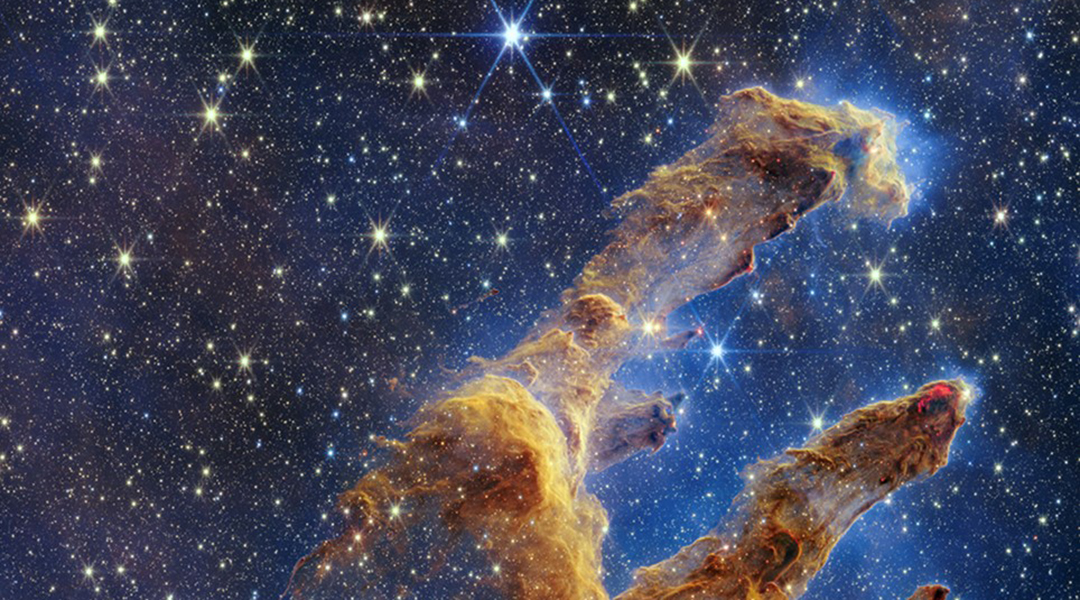This month, NASA’s James Webb Telescope captured images of the Pillars of Creation in breathtaking detail.


This month, NASA’s James Webb Telescope captured images of the Pillars of Creation in breathtaking detail.

Oscillations measured in the orbits of a pair of black holes have once again helped confirm predictions made using general relativity.

Researchers have found that supernovae explosions are preceded by observable radiation whose features should make it possible to distinguish the radiation of a future supernova from other light sources in space.

Researchers at the Southern University of Science and Technology in China ask if gravitons can be promising candidates for dark matter components.

Imaging a black hole is not an easy thing, it takes years of experiments, collaborations, grants, planning, and no small amount of luck.

Cold ytterbium atoms were used to test a fundamental theory which describes phenomena in solids such as magnetism and superconductivity.

Physicists at the Gemini Observatory have found a new mass limit for massive stars, and found it to be lower than previously thought.

Scientists hope that a new machine learning algorithm could one day be used to automate the discovery of new physical laws.

Glimpse into the notebooks of physicist John Wheeler, which capture his eclectic, crazy, and yet never one-dimensional ideas.

NASA has published the first five images from the James Webb Space Telescope, highlighting each of the key questions it will study.